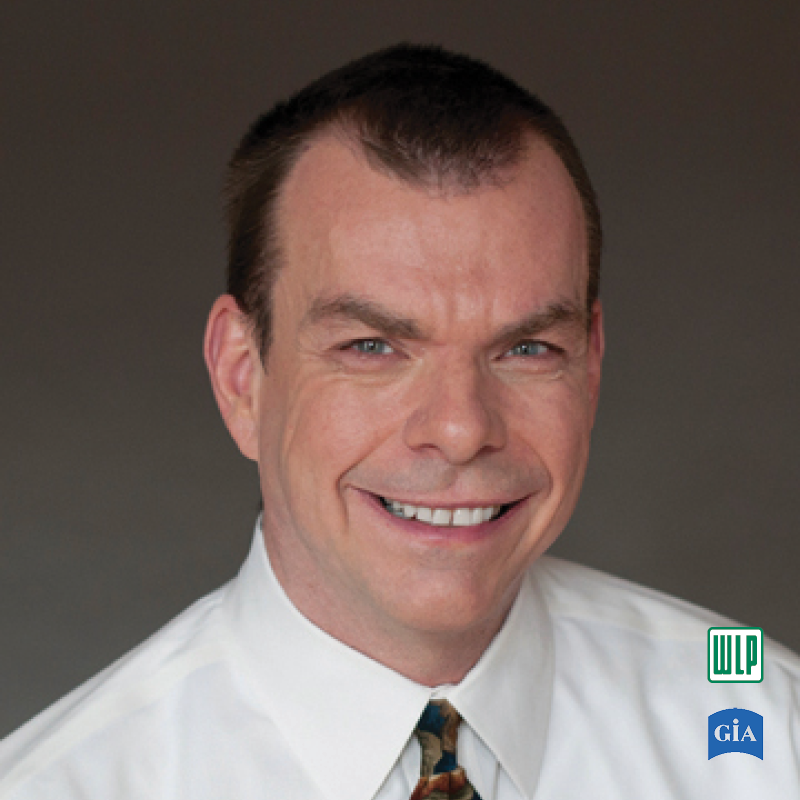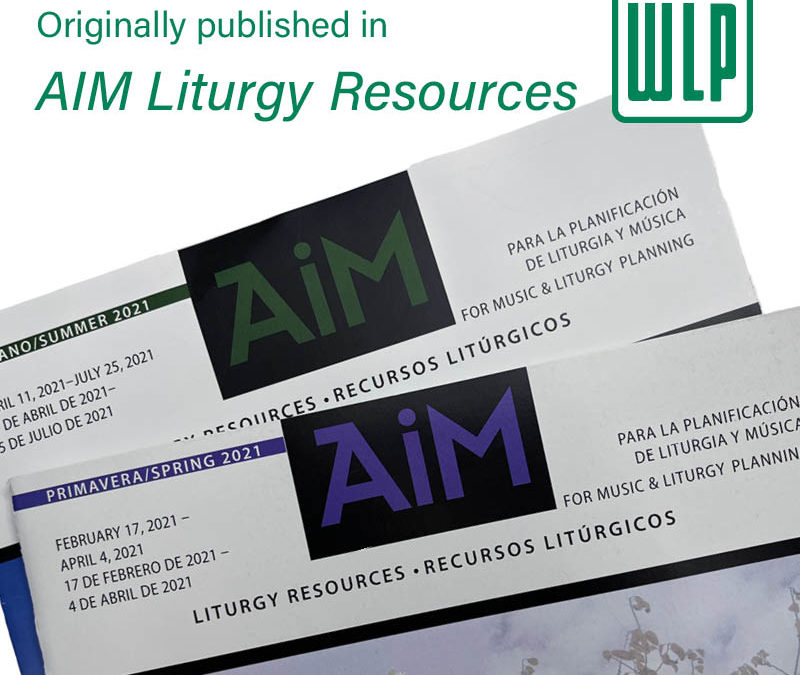This article was originally published in the Fall 2017 issue of AIM: Liturgy Resources.
One of my vivid memories of going to Mass as a boy is reading along with the Eucharistic Prayer from the Monthly Missalette and being puzzled as to why the names of the pope and our bishop—Paul and William—were indicated by “N. and N.” I’m not sure if I thought it would be irreverent to ask about this (though that rarely stopped me), but it took me a long time to learn that the Latin nomine was underneath those red Ns.
For nearly twenty years now, I have been driving mostly the same routes to work at the company that published those missalettes. Naturally, one of the things I notice about changes in neighborhoods on my drive is what has happened to churches, particularly those of mainline deNOMinations.
There’s a neighborhood park where there had been a Presbyterian church when I first began driving that route. For a while it housed a Pentecostal congregation, but eventually it was razed for the park. A Methodist church is now an Islamic temple, another a Masonic lodge. A few have removed denominational affiliations from their signage, now bearing nomina like “Rejoice Church” or “Grace Ministries.”
A Lutheran church partnered with an AME congregation for a bit, but they closed, then opened as a church for empowering twenty- and thirty-somethings, though that banner has come down. I went there for a couple of “Alpha” sessions, where I found myself with the parents (and possibly grandparents) of those twenty and thirty-somethings.
A tiny Orthodox congregation finally succumbed, and sold their building to a Pentecostal congregation. And too numerous to count or relate are the storefront churches—almost always bearing the nomine of the pastor/preacher on the front window or awning—few of which survive very long. A few evangelical Protestant places (including two right across the street from each other) have transitioned from English to bilingual to Spanish-speaking.
In my particular part of Chicago, Roman Catholic churches have been largely insulated from mergers or closings. Those insulated days are coming to an end, however. In initial meetings for a local parish “grouping,” people were informed that the Sunday Mass census for all seven parishes is now the same as the Mass census was for one of the larger parishes twenty years ago. While future plans have not been clarified, the future definitely looks smaller in scale.
Though I know that our Protestant sisters and brothers in Christ treasure their congregations, I think this will play out a bit differently for Roman Catholics. I know my view is biased, but I have a sense that we develop identities grounded in explicit prayed realities that we are connected to something beyond us. The churches we attend often bear the names of persons who once lived and faced the same daily struggles and successes we do today. We tend to have a corporate (Latin corpus, or body) identity, drawn from that corpus of saints who were baptized by name into Christ.
Perhaps that saintly identity can strengthen us, to help us through the natural sorrow that we may experience in the coming years. As we celebrate All Saints and All Souls this year, we can recall the deeper belonging that we have by being baptized, Spirit-born into Christ, recalling—as St. Paul told the Romans—that nothing can separate us from God’s love.

Alan J. Hommerding is the Liturgy Publications Editor for our WLP Division. Alan has been with WLP since 1991, working with various liturgy and music products, in addition to having been the editor of AIM: Liturgy Resources magazine since 1993. In addition to his work with WLP, Alan is a widely-published author, composer, and hymn text poet. He has presented workshops on musical liturgy, as well as organ recitals, around the country.


Recent Comments